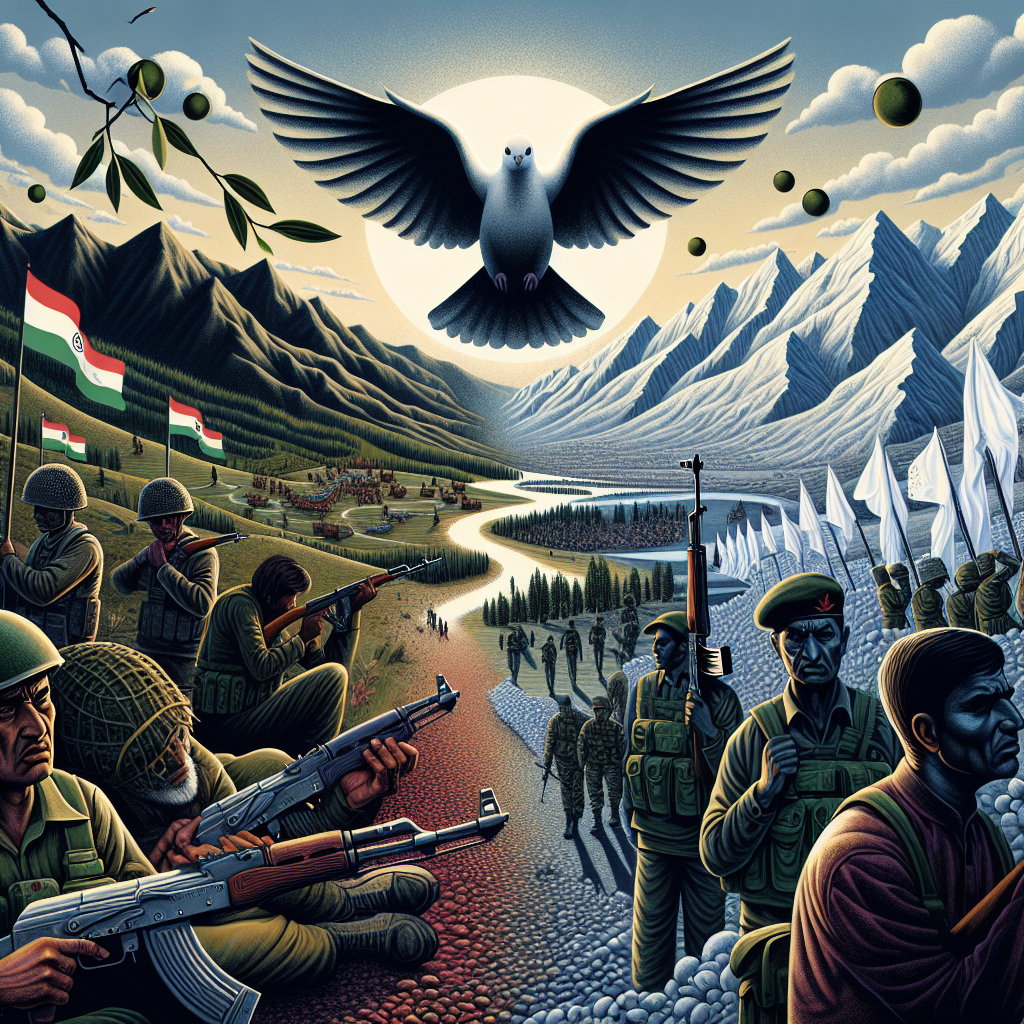Seeking Lasting Peace: Kashmir’s Struggle Amid Ceasefire Fatigue
Seeking Lasting Peace: Kashmir’s Struggle Amid Ceasefire Fatigue
Introduction
The Kashmir region, long a flashpoint between India and Pakistan, continues to grapple with the challenges of achieving lasting peace. Despite numerous ceasefire agreements, the region remains mired in tension and uncertainty. This article delves into the complexities of Kashmir’s ongoing struggle for peace and the growing fatigue surrounding ceasefire efforts.
Historical Context
Kashmir has been a contentious issue since the partition of India and Pakistan in 1947. The region has witnessed multiple wars and countless skirmishes, making it one of the most militarized zones in the world.
Ceasefire Agreements: A Double-Edged Sword
- Ceasefires have been periodically brokered to reduce hostilities.
- While they offer temporary relief, they often fail to address underlying issues.
- Frequent violations undermine trust and exacerbate tensions.
Challenges to Lasting Peace
Several factors contribute to the difficulty in achieving a sustainable peace in Kashmir:
- Political Complexity: The region’s political landscape is fraught with competing interests and historical grievances.
- Militant Activity: The presence of various militant groups complicates peace efforts.
- Human Rights Concerns: Allegations of human rights abuses fuel resentment and hinder reconciliation.
International Involvement
Global powers have occasionally intervened, urging both India and Pakistan to engage in dialogue. However, geopolitical interests often influence the extent and nature of their involvement.
Path Forward
For peace to be sustainable, a multifaceted approach is necessary:
- Engagement in meaningful dialogue between all stakeholders.
- Addressing human rights issues to build trust among the local population.
- International support focused on facilitating rather than dictating solutions.
Conclusion
The quest for lasting peace in Kashmir is fraught with challenges, but it remains a crucial endeavor for regional stability. While ceasefire fatigue is palpable, renewed efforts focusing on dialogue, human rights, and international cooperation could pave the way for a more peaceful future.


















